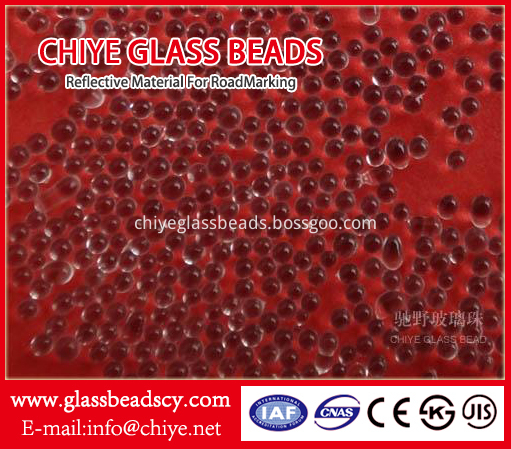Depending on the chemical nature of the ore beneficiation industry will beneficiation process into metal ore processing, non-metallic ore processing and beneficiation of coal mine. It is customary to refer to the metal ore and non-metal ore dressing manufacturers as the beneficiation plant, and the coal ore dressing manufacturer as the coal preparation plant or coal washing plant. Due to the large differences in the properties of metal ore and non-metallic ores, there are significant differences in the difficulty of beneficiation and the dressing process. Due to the relatively small difference in the nature of coal mines, the process of the coal preparation plant is relatively simple. Depending on the type of ore and the requirements for the beneficiation product, different beneficiation methods can be used in actual production. Commonly used mineral processing methods include flotation, re-election, magnetic separation and electro-election, among which flotation is the most widely used. Gravity separation is widely used in ferrous, non-ferrous, rare and coal sorting; magnetic separation of ferrous metals and rare metals used for sorting can also be used to remove material from non-metallic minerals containing iron impurities, may be used Purification of production, domestic water and recovery of magnetite in heavy medium coal preparation; electro-selection method for the separation of non-ferrous ore and rare metal ore, ferrous (iron, manganese , chromium ) ore, also used for non-metallic ores Sorting (such as pulverized coal, diamond , graphite , asbestos , kaolin and talc ). In addition to the four commonly used mineral processing methods, there are photo-election methods, chemical beneficiation methods and other special beneficiation methods. Various beneficiation methods are sometimes used alone, sometimes in combination with several methods. The beneficiation process generally includes the following three basic processes. (1) Preparation before the sorting. Including raw ore (raw coal) crushing, screening, grinding, grading and other processes. The purpose of this process is to separate the useful minerals from the gangue mineral monomers and to dissociate the various useful minerals from each other. In addition, this process creates suitable conditions for the next separation of the ore. Some ore dressing plants have washing and pre-selecting waste rock operations before the sorting operation according to the nature of the ore and the needs of sorting. (2) Sorting operation. The useful minerals are separated from the gangue by means of re-election, magnetic separation, electro-election, flotation, and other beneficiation methods, and the useful minerals are separated from one another to obtain the final beneficiation product (concentrate, tailings, and sometimes intermediates). In the sorting operation, the first selection is called rough selection; the sorting operation of the crude product obtained by further selection to obtain a high quality final product concentrate is called selection; the lean product after rough selection For further sorting, the separation of the ore from the crude or separate treatment to obtain a higher recovery rate is called sweeping, and the poor product after sweeping is tailings. (3) Processing of selected products. Including various concentrates, dehydration of tailings products, precipitation and concentration of fine-grained materials, filtration, drying and washing water clarification cycle reuse. The processing of non-traditional mineral resources and secondary resources and the processing technology of mineral materials have many similar mineral processing processes, but also have their own special processes and equipment, such as biological extraction of low-grade mineral resources; complex mineral resources, marine minerals. Solvent extraction, ion exchange, membrane separation, chemical leaching and other chemical separation of resources, industrial wastewater, etc.; preparation of functional mineral materials such as surface modification, coating, etc.; aggregation and dispersion of fine particles, preparation of coal water slurry. This diameter of this series glass bead is two or three times bigger than regular beads. The surface part beyond paints is higher than regular beads; hence the reflectivity of road marking has been increased, especially in rainy, foggy areas.
The glass bead can be produced based on the standard of countries or areas, such as EN1423/1424, AASHTO M247, BS6088, JIS R3301 and KS L2521 etc.
Twinkling Big Glass Beads ,Reflection Twinkling Big Glass Beads,Twinkling Big Glass Beads Road Marking,Big Glass Beads For Highway Marking CHIYE GLASS BEAD (HEBEI) CO., LTD , https://www.chiyeglassbeads.com
The diameter is 850-1400mm (20-14mesh) with ≥80% of roundness. The special coating on the surface of glass bead can improve the adhesion between paint and glass beads, thus the longevity can be increased.

Overview of the mineral processing process
Mineral processing is to crush the ore, dissociate the useful minerals from the gangue, and then use appropriate technical means to enrich and separate the useful minerals and discard the useless gangue.